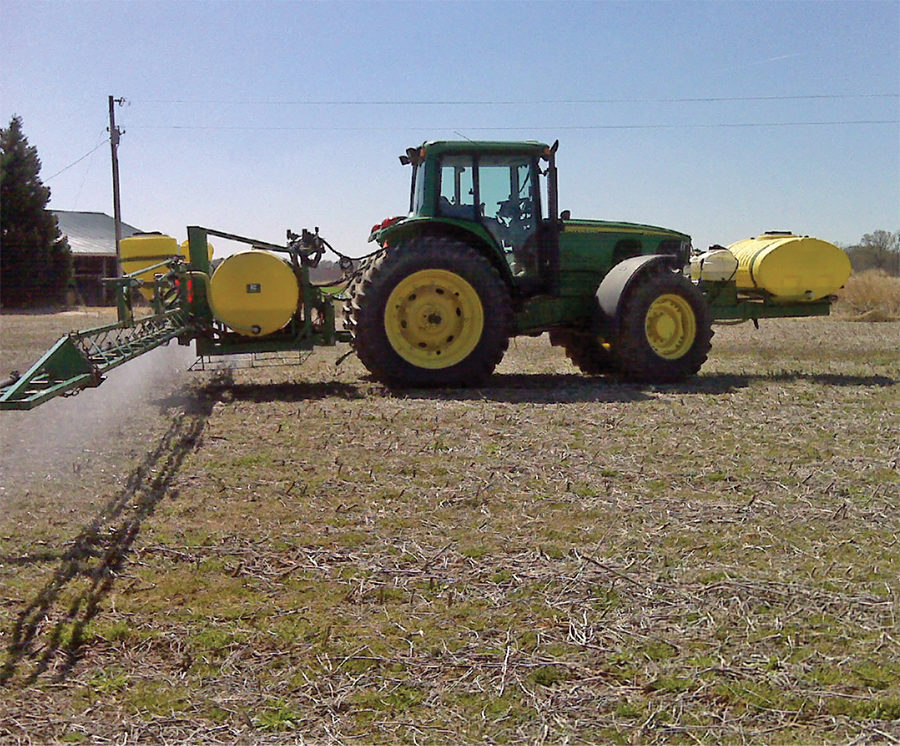No-Till Farmer
Get full access NOW to the most comprehensive, powerful and easy-to-use online resource for no-tillage practices. Just one good idea will pay for your subscription hundreds of times over.

After the planter, the sprayer may be the most important piece of equipment to no-tillers, so it makes sense to want them functioning perfectly.
In refining their sprayers, no-tillers say they are looking for technologies and workarounds that will give them greater accuracy and efficiency, reduce secondary impacts like drift and compaction and ease the strain on the operator.
No-Till Farmer called on the experience of sprayer owners who cover anywhere from 300 to 60,000 acres per year to see how they’re reaching those goals. Their answers were as diverse as their operations.
No-tillers sometimes find a sprayer fresh from the showroom floor needs some modifications to fit their farming operation.
Compaction and clearance issues got longtime no-tillers Ellis McFadden of Fort Wayne, Ind., and Bryan Von Holten of Cole Camp, Mo., shopping for tire solutions for their brand-new, self-propelled rigs.
For McFadden, who covers 1,700 acres of corn and soybeans, the potential that fungicide applications showed in his onfarm tests impacted his tire decision. Standard tires were appropriate when applying fungicides in soybeans and herbicides in corn at the earlier stages, but he’s seen promise in V7 fungicide applications in corn.
“In 2010, I was trying to max out my yield in a test plot,” McFadden says. “A wet season had the corn struggling, so on the advice of a crop consultant, I sprayed it with Headline at the V7 growth stage. That gave the corn a shot in the arm and the yield map showed…